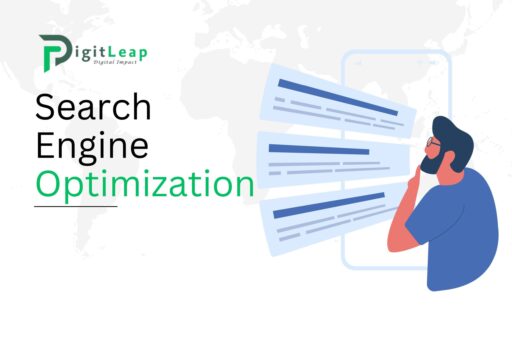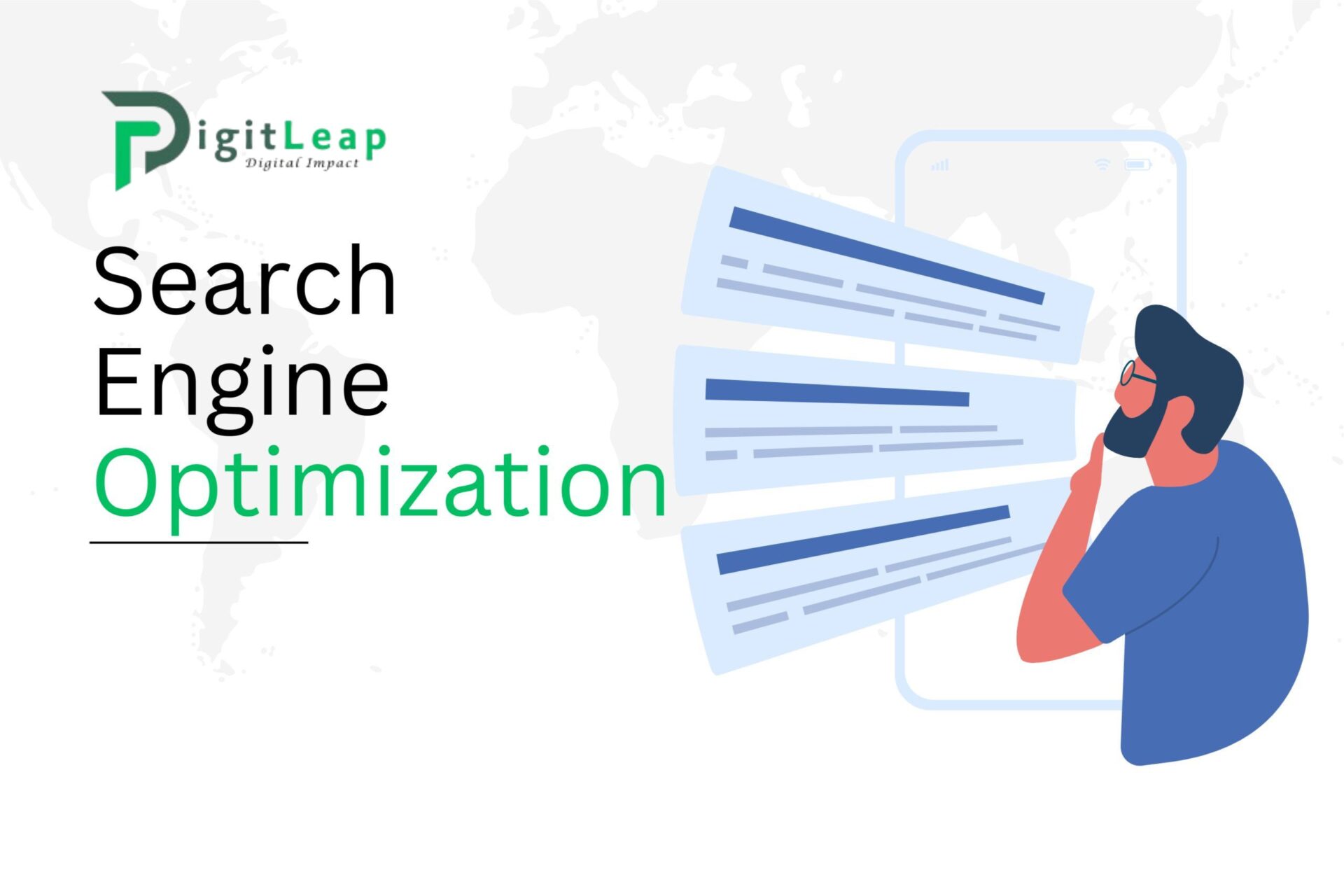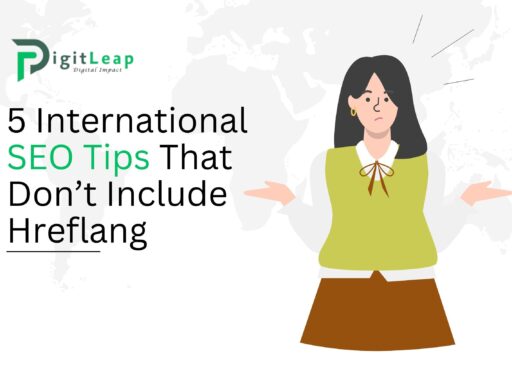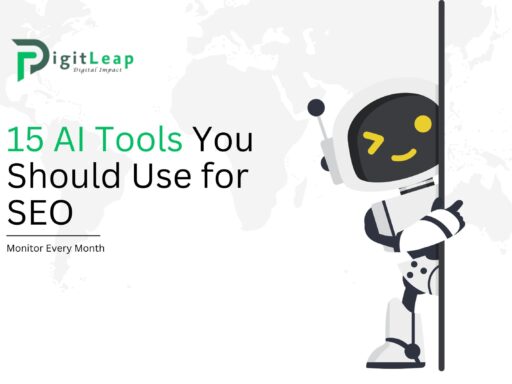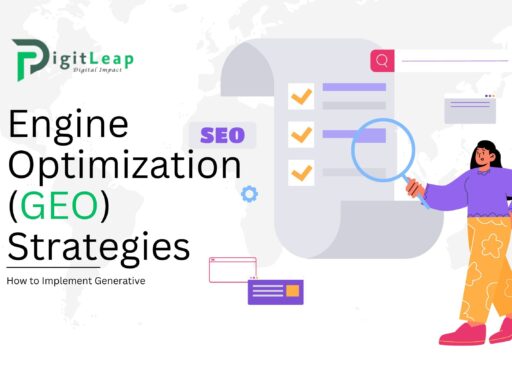What is SEO? A Beginner’s Guide to Search Engine Optimization
In today’s digital age, having an online presence is crucial for businesses, bloggers, and anyone looking to share their ideas with the world. But with millions of websites competing for attention, how do you ensure your site stands out? The answer lies in SEO, or Search Engine Optimization.
In this beginner’s guide, we’ll break down what SEO is, why it matters, and how you can use it to improve your website’s visibility on search engines like Google.
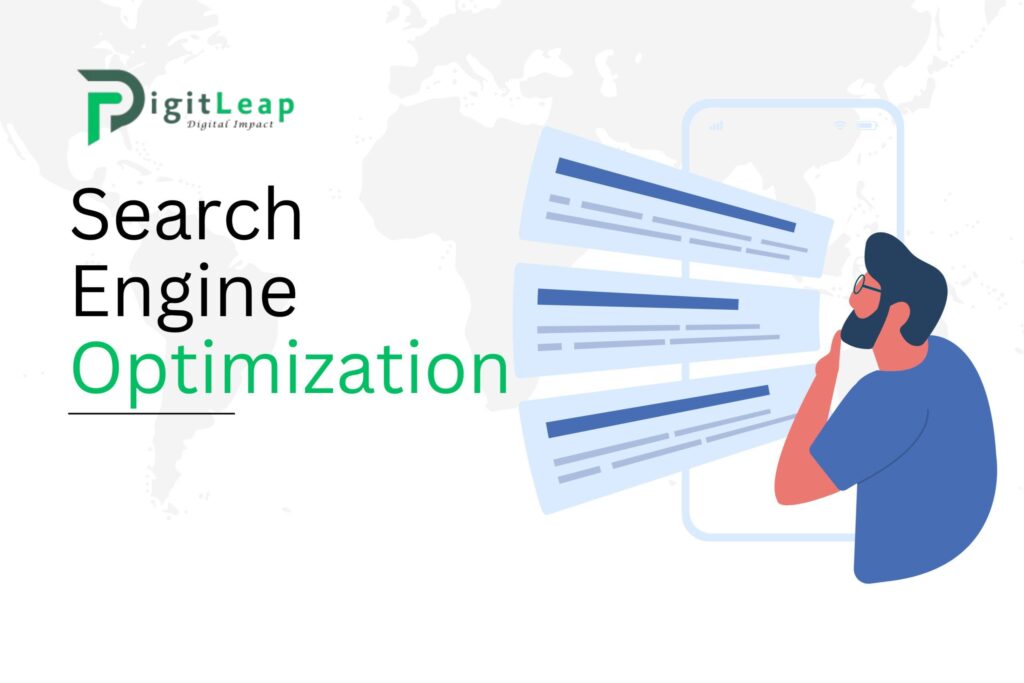
What is SEO?
SEO stands for Search Engine Optimization. It’s the process of optimizing your website to rank higher on search engine results pages (SERPs) for relevant keywords. The higher your website ranks, the more likely people are to find and visit it.
Think of SEO as a way to make your website more attractive to search engines like Google, Bing, and Yahoo. When your site is optimized, search engines can easily understand its content and purpose, which helps them decide whether to show it to users searching for specific topics.
Why is SEO Important?
- Increased Visibility: Over 90% of online experiences begin with a search engine. If your website doesn’t rank well, it’s unlikely to be seen by your target audience.
- Organic Traffic: SEO helps you attract organic traffic—visitors who find your site naturally, without paid ads. This is often more sustainable and cost-effective than paid advertising.
- Credibility and Trust: Websites that rank higher on Google are often perceived as more trustworthy and authoritative.
- Better User Experience: SEO involves improving your site’s structure, speed, and content, which enhances the overall experience for your visitors.
- Competitive Advantage: If your competitors are using SEO and you’re not, they’re likely to attract more customers than you.
How Does SEO Work?
Search engines use complex algorithms to determine which websites to show in their results. These algorithms consider hundreds of factors, but the main ones include:
- Relevance: Does your website’s content match what the user is searching for?
- Authority: Is your website trusted and respected in your industry?
- User Experience: Is your site easy to navigate, fast, and mobile-friendly?
SEO involves optimizing your website to meet these criteria. Let’s break it down into three main types of SEO:
1. On-Page SEO
This refers to optimizing the content and structure of individual pages on your website. Key elements include:
- Keywords: Use relevant keywords in your titles, headings, and content.
- Meta Descriptions: Write compelling meta descriptions to encourage clicks.
- Internal Linking: Link to other pages on your site to improve navigation.
- Image Optimization: Use descriptive file names and alt text for images.
2. Off-Page SEO
This focuses on activities outside your website that impact your rankings. The most important aspect is backlinks—links from other websites to yours. The more high-quality backlinks you have, the more authoritative your site appears to search engines. Other off-page SEO tactics include:
- Social media marketing
- Guest blogging
- Influencer outreach
3. Technical SEO
This involves optimizing the technical aspects of your website to make it easier for search engines to crawl and index. Key areas include:
- Site Speed: Ensure your site loads quickly.
- Mobile-Friendliness: Make sure your site works well on mobile devices.
- XML Sitemap: Create a sitemap to help search engines understand your site’s structure.
- Structured Data: Use schema markup to provide additional context to search engines.
SEO Best Practices for Beginners
If you’re new to SEO, here are some actionable tips to get started:
- Do Keyword Research: Use tools like Google Keyword Planner, Ahrefs, or SEMrush to find keywords your audience is searching for.
- Create High-Quality Content: Write informative, engaging, and original content that answers your audience’s questions.
- Optimize for Mobile: Over 60% of web traffic comes from mobile devices, so ensure your site is mobile-friendly.
- Build Backlinks: Reach out to other websites, bloggers, and influencers in your niche to earn backlinks.
- Monitor Your Progress: Use tools like Google Analytics and Google Search Console to track your website’s performance.
Common SEO Myths
- SEO is a One-Time Task: SEO is an ongoing process. Search engines frequently update their algorithms, and your competitors are always improving their strategies.
- More Keywords = Better Rankings: Overloading your content with keywords (keyword stuffing) can hurt your rankings. Focus on natural, user-friendly content.
- SEO is Only About Google: While Google is the most popular search engine, optimizing for Bing, Yahoo, and other platforms can also drive traffic.
The Future of SEO
SEO is constantly evolving. Here are some trends to watch in 2024 and beyond:
- Voice Search Optimization: With the rise of voice assistants like Siri and Alexa, optimizing for voice search is becoming increasingly important.
- AI and Machine Learning: Search engines are using AI to better understand user intent and deliver more accurate results.
- Video SEO: As video content grows in popularity, optimizing videos for search engines is becoming a key strategy.
Conclusion
SEO is a powerful tool that can help your website reach more people, build credibility, and achieve your goals. While it may seem overwhelming at first, the basics of SEO are easy to understand and implement. By focusing on creating high-quality content, optimizing your site’s structure, and staying up-to-date with the latest trends, you can improve your search engine rankings and grow your online presence.
Ready to get started? Begin by conducting keyword research and optimizing your website’s content. And remember, SEO is a long-term investment—patience and consistency are key!

